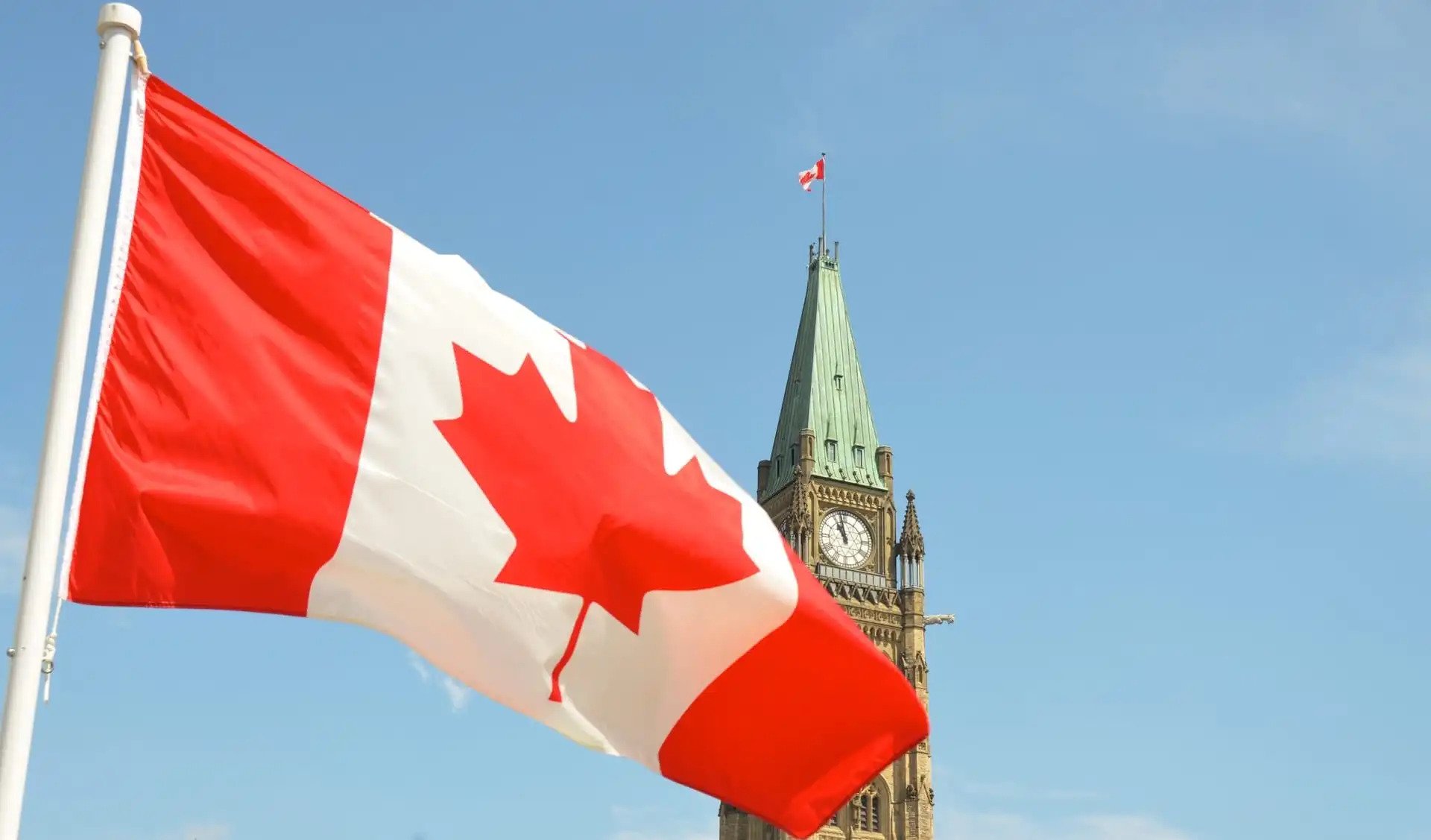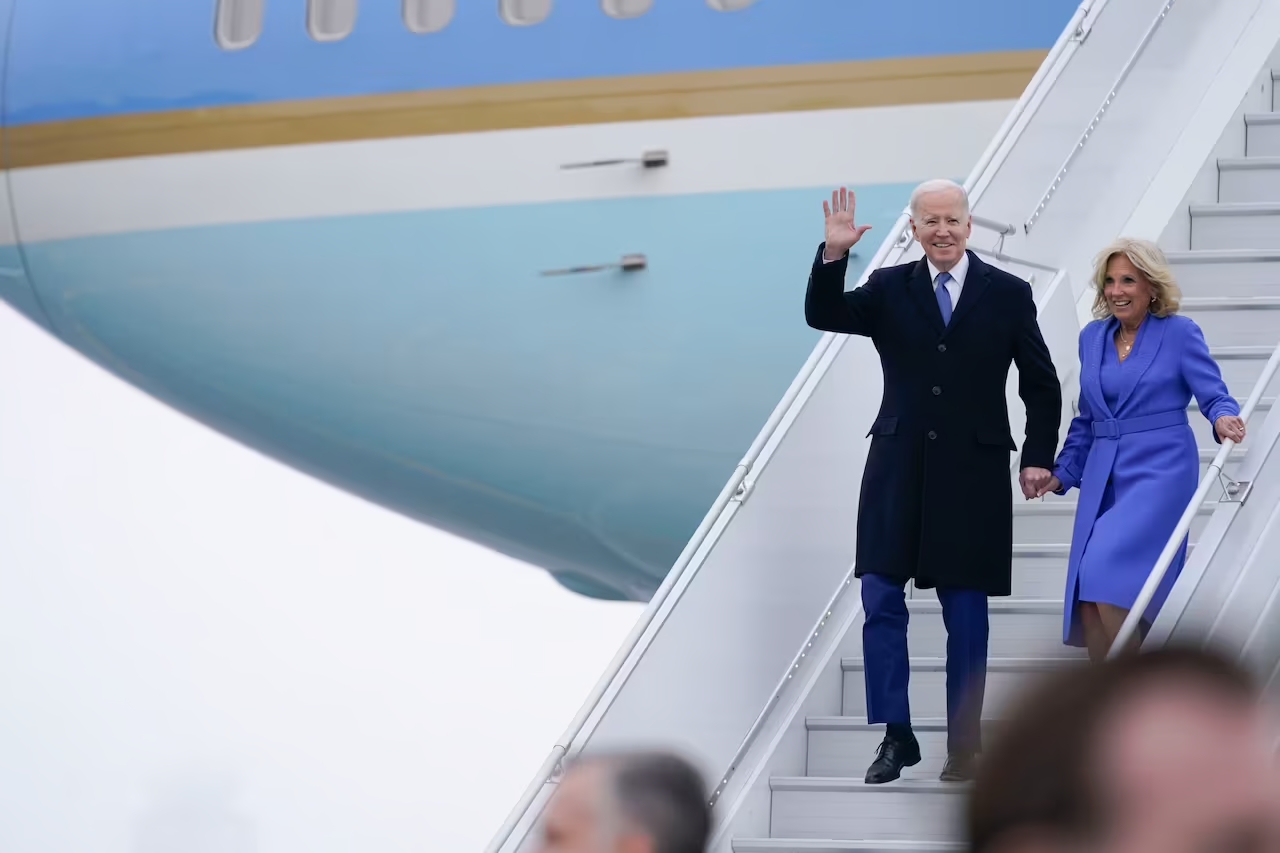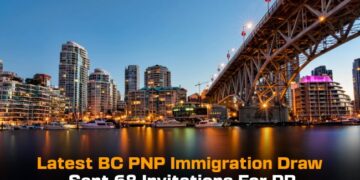- Canada’s Provincial Nominee Programs (PNPs) have become the primary way for economic-class candidates to gain Canadian permanent residence, surpassing the federal Express Entry system.
- The recent increase in PNP allocations across Canadian provinces and territories will welcome more skilled immigrants to fill specific labor gaps in different regions.
- Provinces have started to unveil their new PNP allocations, giving skilled immigrants more opportunities to immigrate to Canada.
Canada’s Provincial Nominee Programs (PNPs) have become the primary way for economic-class candidates to gain Canadian permanent residence, surpassing the federal Express Entry system. This article discusses the recent increase in PNP allocations across Canadian provinces and territories, which will welcome more skilled immigrants to fill specific labor gaps in different regions. The PNP allows every participating province or territory to offer PR to hand-picked immigration candidates who are interested in calling their province/territory home.
Purpose of PNP
The PNP was launched by Immigration, Refugees, and Citizenship Canada (IRCC) in 1998. Initially, only 400 PNP immigrants came to Canada through this program. The purpose of the program is to spread the economic, social, and cultural benefits of immigration across the country. Canada is increasing the number of PNP immigrants to aid in this goal.
Recent PNP Developments
Canada’s federal, provincial, and territorial immigration ministers met last July and agreed to create a new multi-year immigration plan specific to the PNP. This plan was designed to give the two levels of government more ability to plan immigrant attraction and settlement across the country.
Since the March 10th meeting, provinces have started to unveil their new PNP allocations, beginning with Ontario. Ontario’s immigration minister had made it clear that the province sought more control over its economic class immigration programs. Accordingly, the minister said that he would be making two primary requests to the federal government: the first request was to have more autonomy over economic immigration in Ontario, and the second was to see the province’s PNP allocation double to 18,000.
At the time of writing, several other provinces have also announced their future PNP allocations. Alberta will see its allocation rise to 10,849 in 2025. Saskatchewan’s PNP allocation will rise to 8,500 by 2025. Manitoba is seeing its allocation grow to 9,500 this year. Yukon has announced that they have been allocated 430 PNP spots for 2023, up from 300 last year.
How to Apply for the PNP
PNPs offer skilled immigrants the opportunity to immigrate to Canada through base nominations as well as enhanced nominations. The key difference between base and enhanced PNP nominations is that enhanced PNP nominations are processed quicker than base nominations. At the time of writing, IRCC notes that the average processing time for base nominations is 20 months, while the processing time for enhanced nominations is 11 months.
Base PNP Nominations
Base PNP nominations are made through regular PNP streams outside of the Express Entry system. To apply and successfully immigrate to Canada via a base PNP nomination, candidates will need to first meet the eligibility criteria for a base PNP stream offered by a province or territory. If a candidate meets the expressed criteria, applies for a nomination, and is approved, they will receive a nomination certificate. After obtaining this certificate, recipients will be able to apply for PR with Canada’s federal government.
The base PNP application process involves these three basic steps:
- Upon receiving a provincial nomination, create an online account with IRCC and fill out the application
- Pay application fees
- Submit the online application
Conclusion
In conclusion, Canada’s Provincial Nominee Programs (PNPs) have become the primary way for economic class candidates to gain Canadian permanent residence, surpassing the federal Express Entry system. The recent increase in PNP allocations across Canadian provinces and territories will welcome more skilled immigrants to fill specific labor gaps in different regions. With the multi-year immigration plan specific to the PNP, provinces have started to unveil their new PNP allocations, giving skilled immigrants more opportunities to immigrate to Canada.
Source: https://www.cicnews.com/












